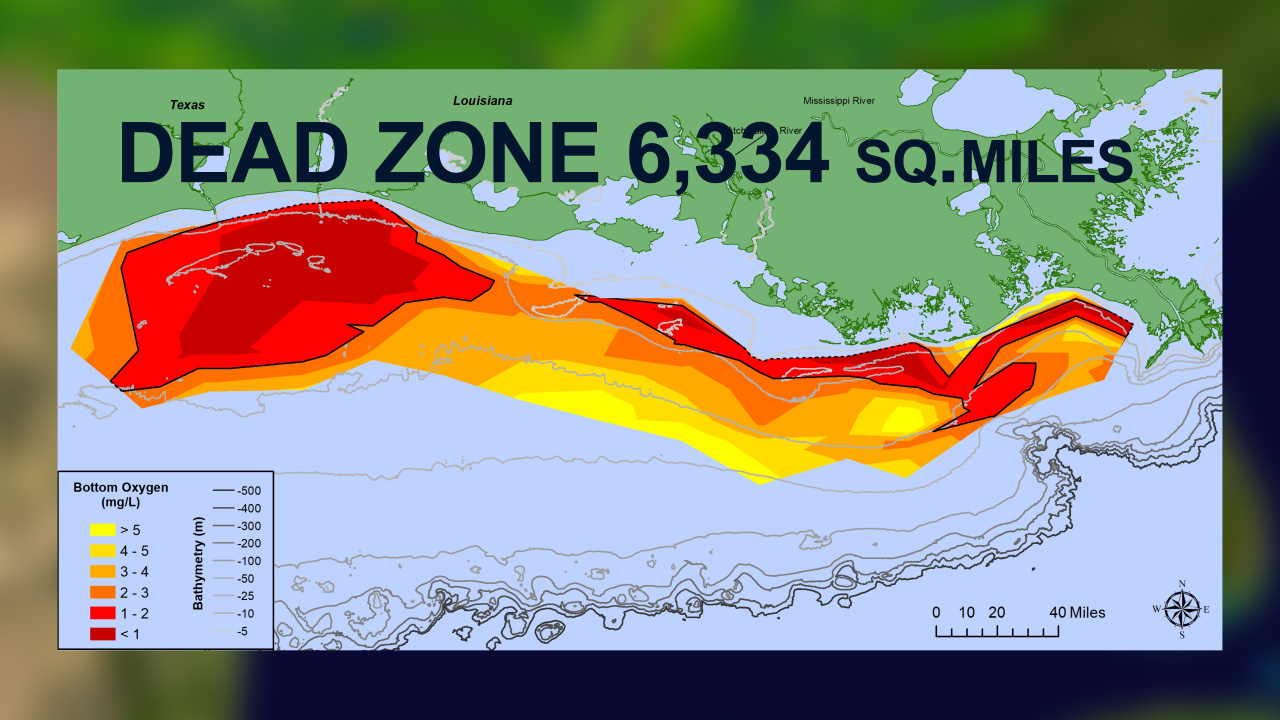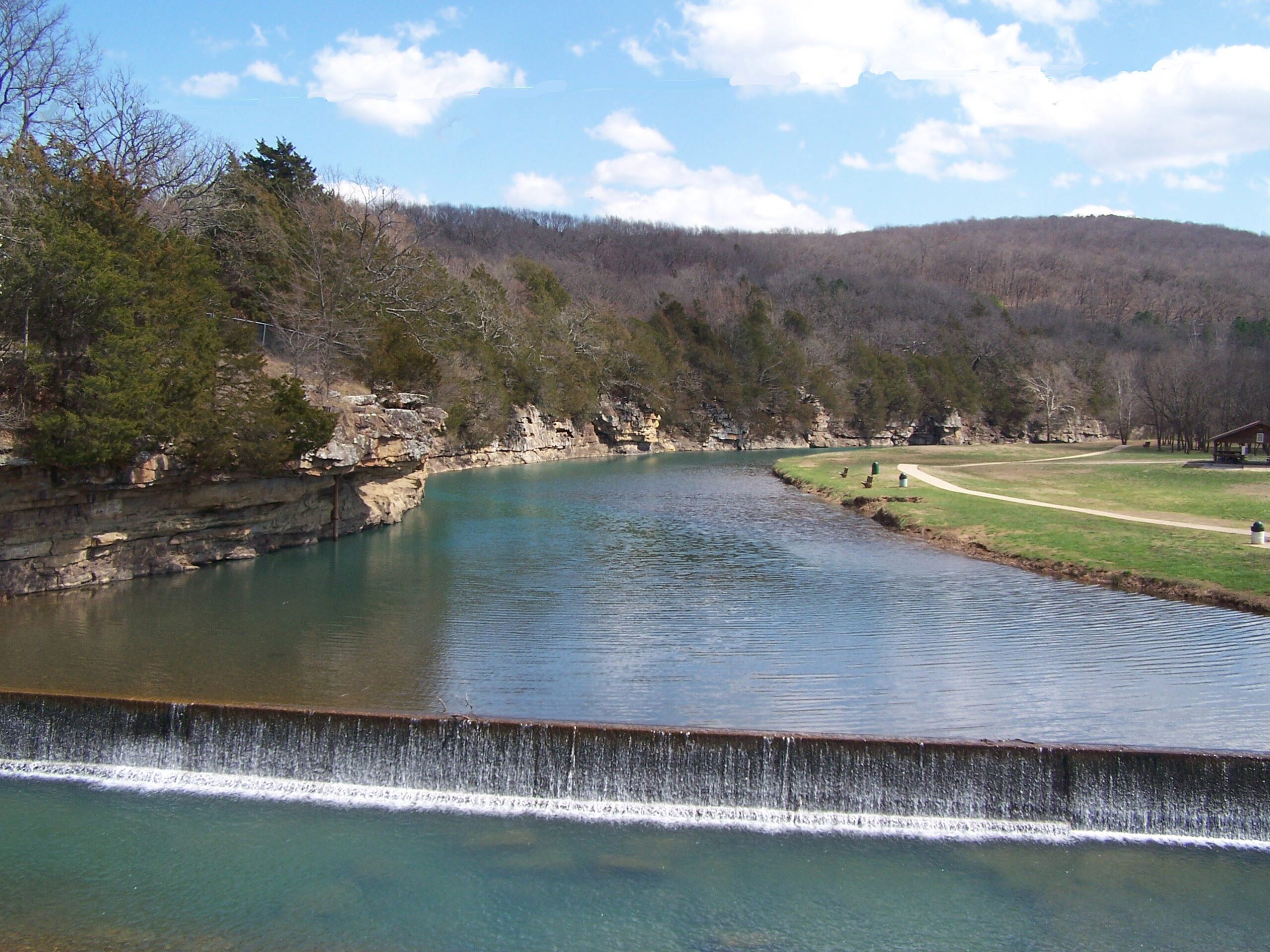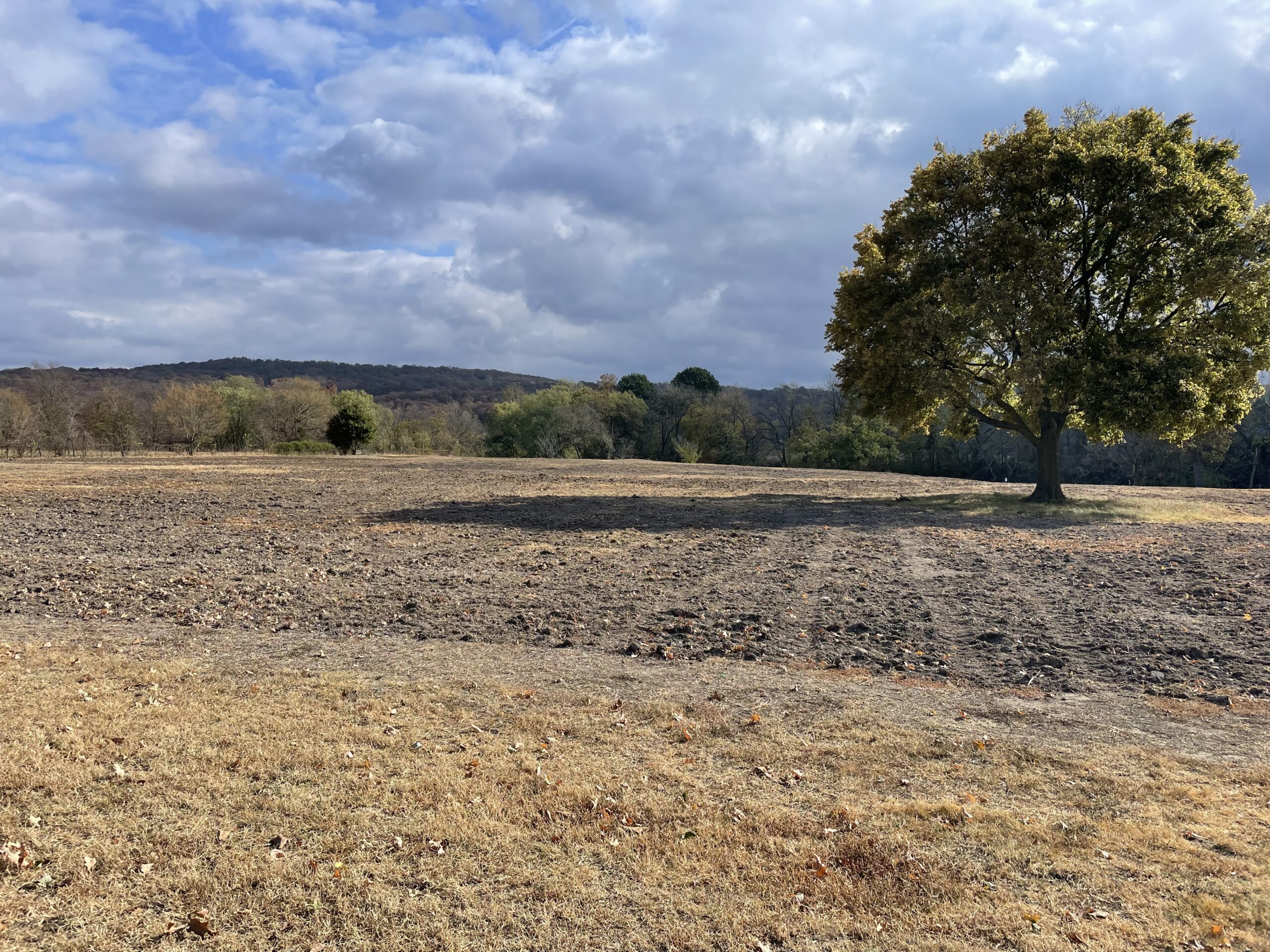Since 2022, the Alliance has been working to install three Low Impact Development (LID) projects across the Beaver Lake watershed. Through the “Smart Growth for Source Water Protection” grant program from the Arkansas Department of Agriculture’s Natural Resources Division and the US Environmental Protection Agency, the three installation projects aim to improve water quality in the Beaver Lake watershed and serve as demonstration projects for LID education.
The first project was completed in West Fork, Arkansas, at the West Fork Public Library in 2023. The site’s original asphalt and gravel parking lot was transformed into a new parking area that benefits water quality and provides ecosystem services. Permeable pavers were installed in the center of the parking lot where impervious surfaces will direct water to infiltrate. A bioswale planted with native species conveys stormwater slowly while removing pollutants and sediment from runoff. This project reduces sediment entering the watershed by about half a ton per year and has alleviated a community flooding issue at the library, a great win for water quality!

A birds-eye view shows the West Fork Public Library’s new permeable pavers and a bioswale.
The second project was completed in Elkins, Arkansas, on a 3-acre site adjacent to the local Bunch Park that became the White River Prairie in 2025. According to historic General Land Office (GLO) maps and local resources, this 3-acre site was once home to a historic prairie, even featuring prairie mounds. Today, the site has been restored from a Bermuda grass lawn into a thriving ecosystem with 41 native plant species present and three restored prairie mounds. As the prairie establishes, additional features will be added including mown walking paths, educational signage, and four bollard light fixtures, generously provided by Ozark Electric Cooperative. This project prevents nearly a ton of sediment from entering the East Fork – White River.
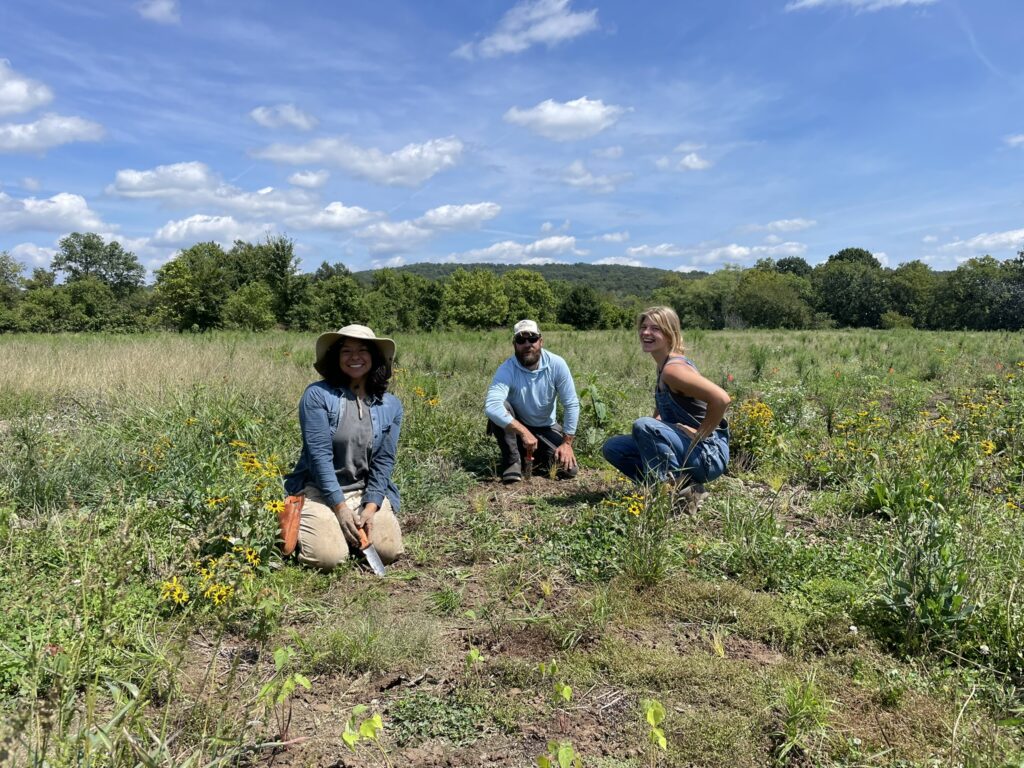
Planting native species at the White River Prairie in Elkins, Arkansas.
The third project was completed in Fayetteville, Arkansas, as part of a larger stormwater infrastructure improvement project by the City of Fayetteville in 2025. As Northwest Arkansas’ impervious area increases, stormwater infrastructure is an important factor in how our urban areas respond to runoff. The completed project features a large stormwater detention pond along Huntsville Avenue and Martin Luther King Jr. Boulevard in Fayetteville, designed to temporarily detain stormwater and allow it to slowly infiltrate while filtering out pollutants and sediment. The site also includes a bioswale and is planted with native plant species. This project is estimated to reduce about 7 tons of sediment per year, along with reductions in total nitrogen and phosphorus. This project also helps to reduce peak flows during rain events, capturing 135,000 cubic feet of stormwater storage, that’s enough water to fill over a million milk jugs or nearly two Olympic swimming pools!
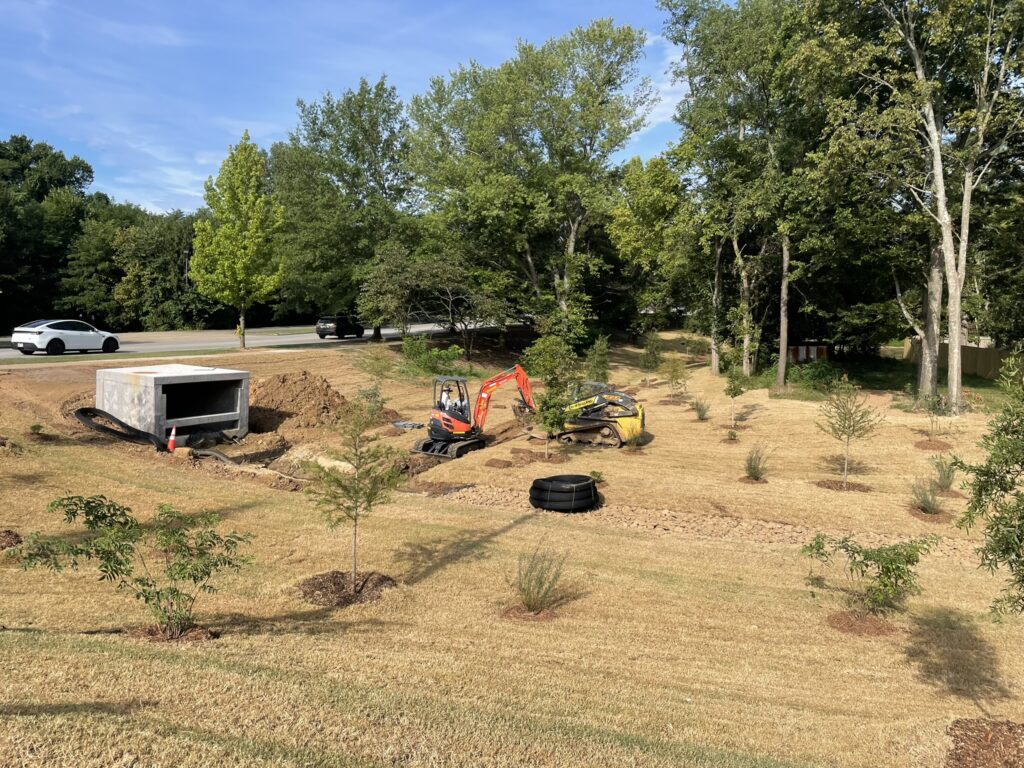
Huntsville Avenue stormwater detention pond under construction.

Huntsville Avenue detention pond detaining stormwater during rain event.
Together, these three projects benefit water quality in the Beaver Lake watershed through Smart Growth practices like reducing flooding and enhancing stormwater management, restoring ecosystem functions and long-term protection of our natural and human infrastructure. Thank you to the many partners that have made these projects possible. To learn more about Smart Growth for water resources, reach out to info@beaverwatershedallaince.org or visit our Smart Growth project page at https://www.beaverwatershedalliance.org/smart-growth-for-source-water-protection/





